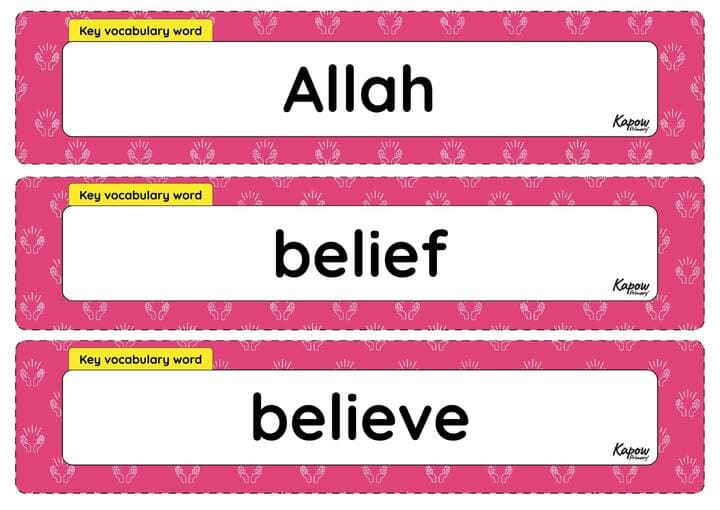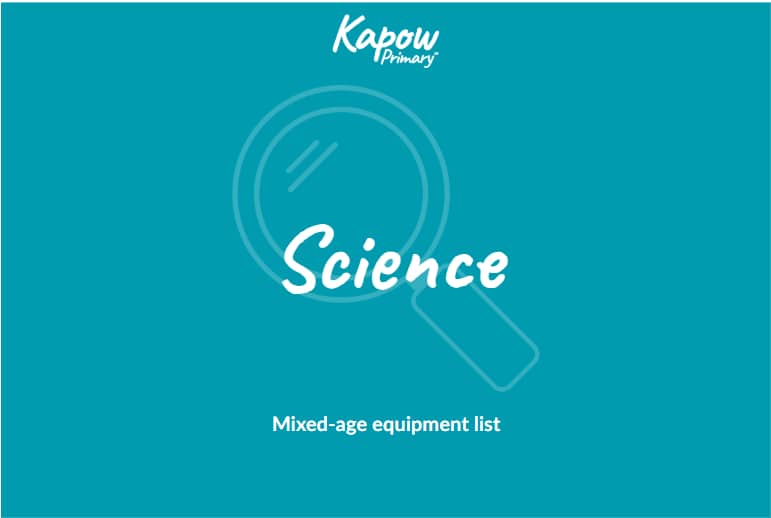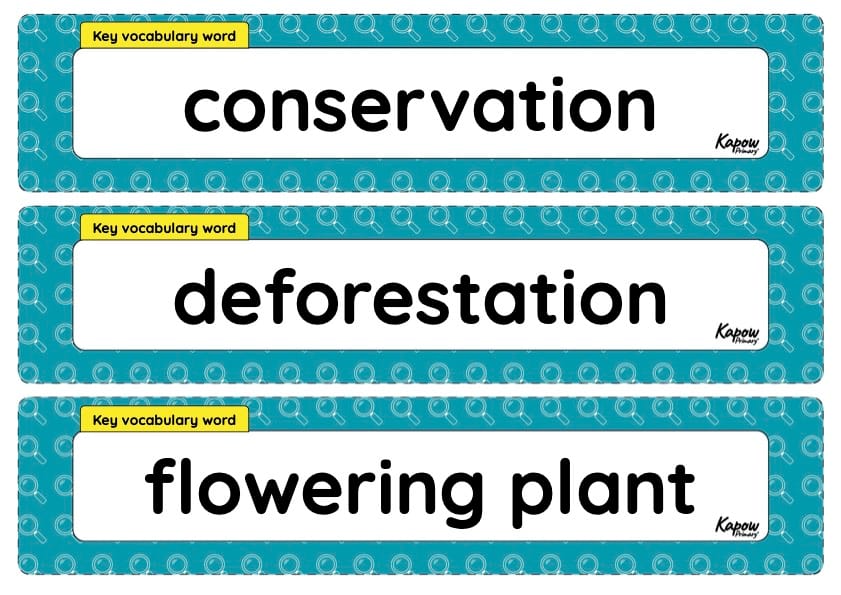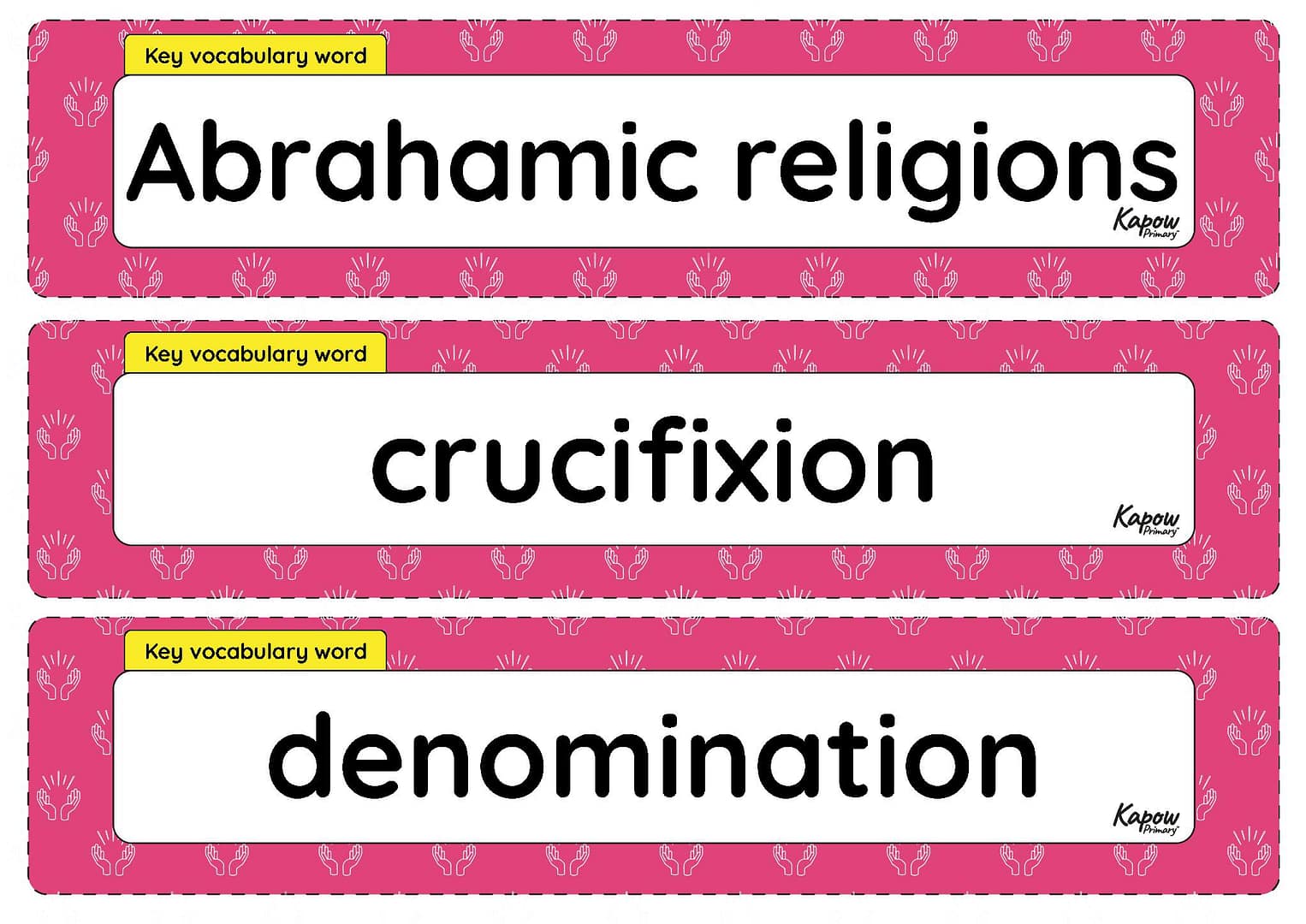
This unit vocabulary display includes keywords from the mixed-age unit Religion and worldviews, Y5/6 (B), Why doesn’t Christianity always look the same? and additional unit-specific words that may be helpful in a display.
Key vocabulary is clearly labelled on the display, highlighting essential words that the pupils are expected to retain and reuse in future units. Understanding these words enhances comprehension of the subject and supports understanding of prominent organised worldviews.
See the full Religion and worldviews: Progression of key vocabulary.

A Knowledge organiser that captures the essential knowledge and skills learnt throughout the mixed-age unit Spanish, Year 5/6 (B), Favourite foods in Spanish.
This resource is designed to help pupils expand their Spanish food vocabulary and express preferences using simple sentence structures. It introduces key nouns such as el salmón, la cebolla, and las frutas, alongside expressions of likes and dislikes using me gusta, no me gusta and their plural forms. Pupils also practise asking and answering questions about food preferences through modelled dialogues. Illustrated vocabulary grids and engaging visual prompts support memory retention and conversational confidence.
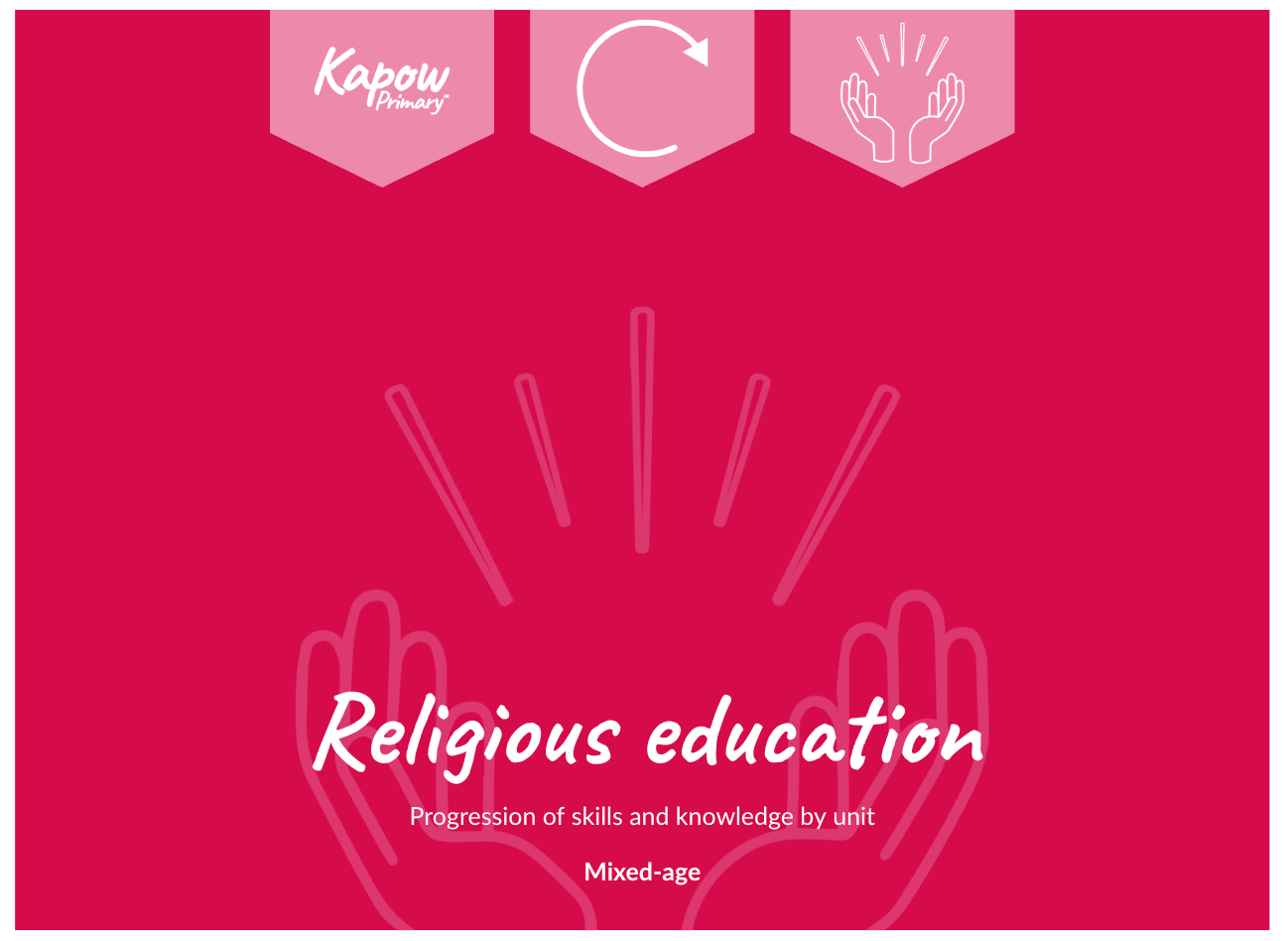
This document shows where the key knowledge and skills statements from our mixed-age R&W progression are covered within the scheme.
Cycle B information will be added when the scheme is fully available on the website.
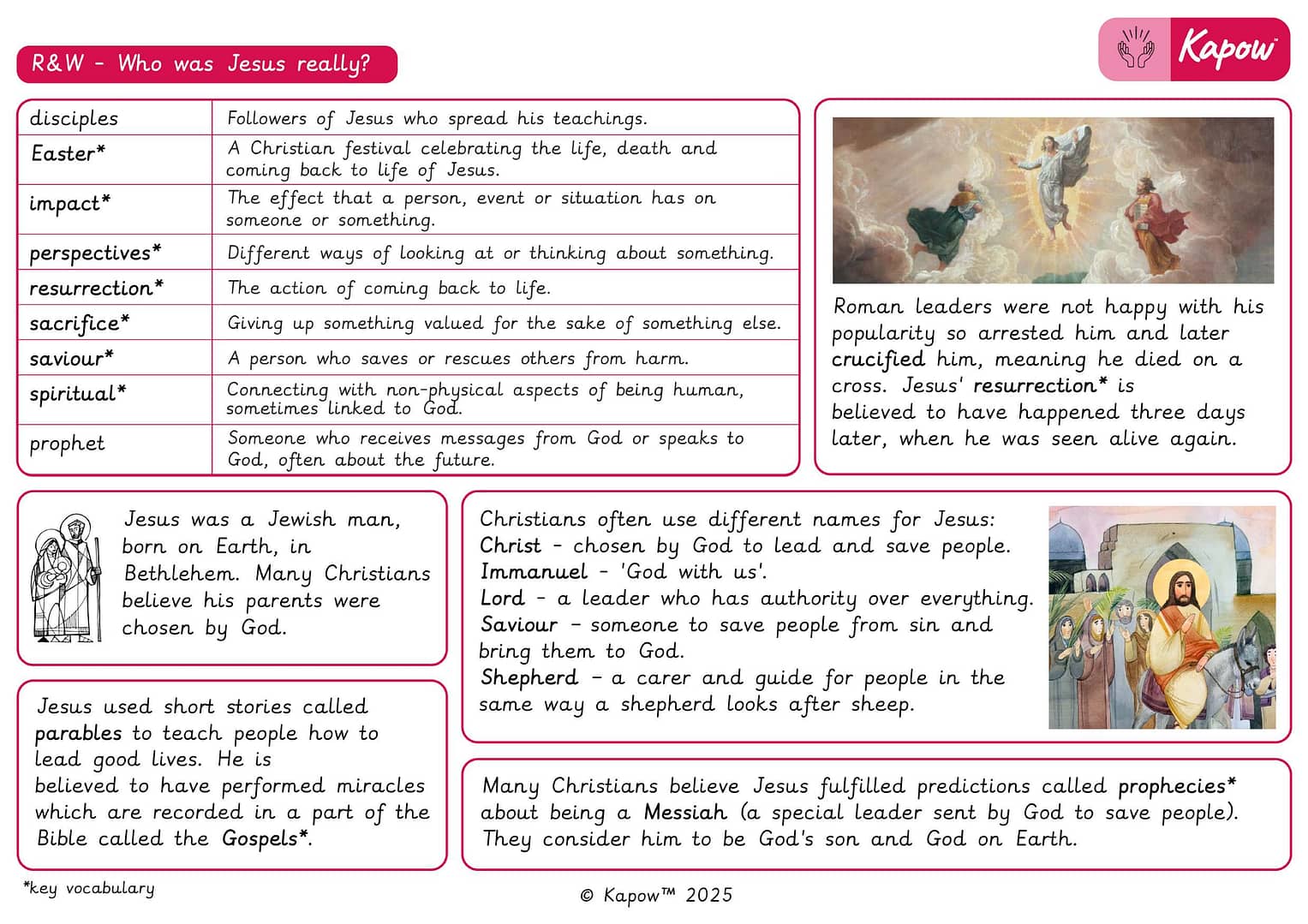
This Knowledge organiser captures the essential knowledge and skills learnt throughout the unit Religion and worldviews, Year 4, Who Was Jesus?
This Religion and worldviews resource is designed to support the pupils as they explore the life, teachings, and significance of Jesus. It introduces key vocabulary such as Messiah, parables, disciples, resurrection, and gospel, helping the pupils understand how Jesus is viewed within Christianity and his impact on history. The pupils will also learn about his teachings, the stories told about him, and how his influence continues in religious and cultural traditions today.
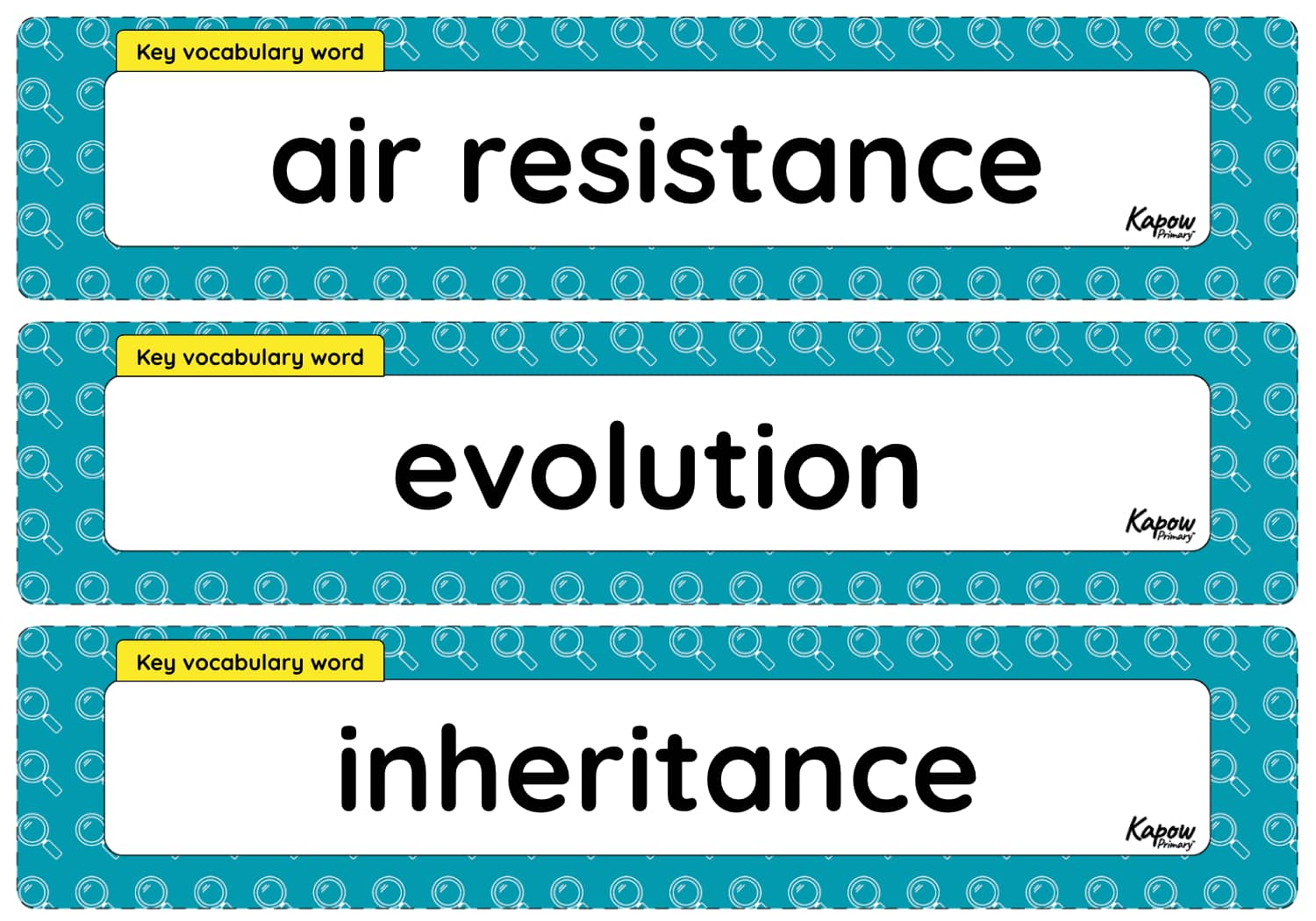
This unit vocabulary display includes keywords from the mixed-age unit Science, Y5/6 (B), Making connections: How does light affect the direction of plant growth? and additional unit-specific words that may be helpful in a display.
Key vocabulary is clearly labelled on the display, highlighting essential words that the pupils are expected to retain and reuse in future units. Understanding these words enhances comprehension of the subject and supports understanding of key scientific concepts and processes.
See the full Science: Progression of key vocabulary.
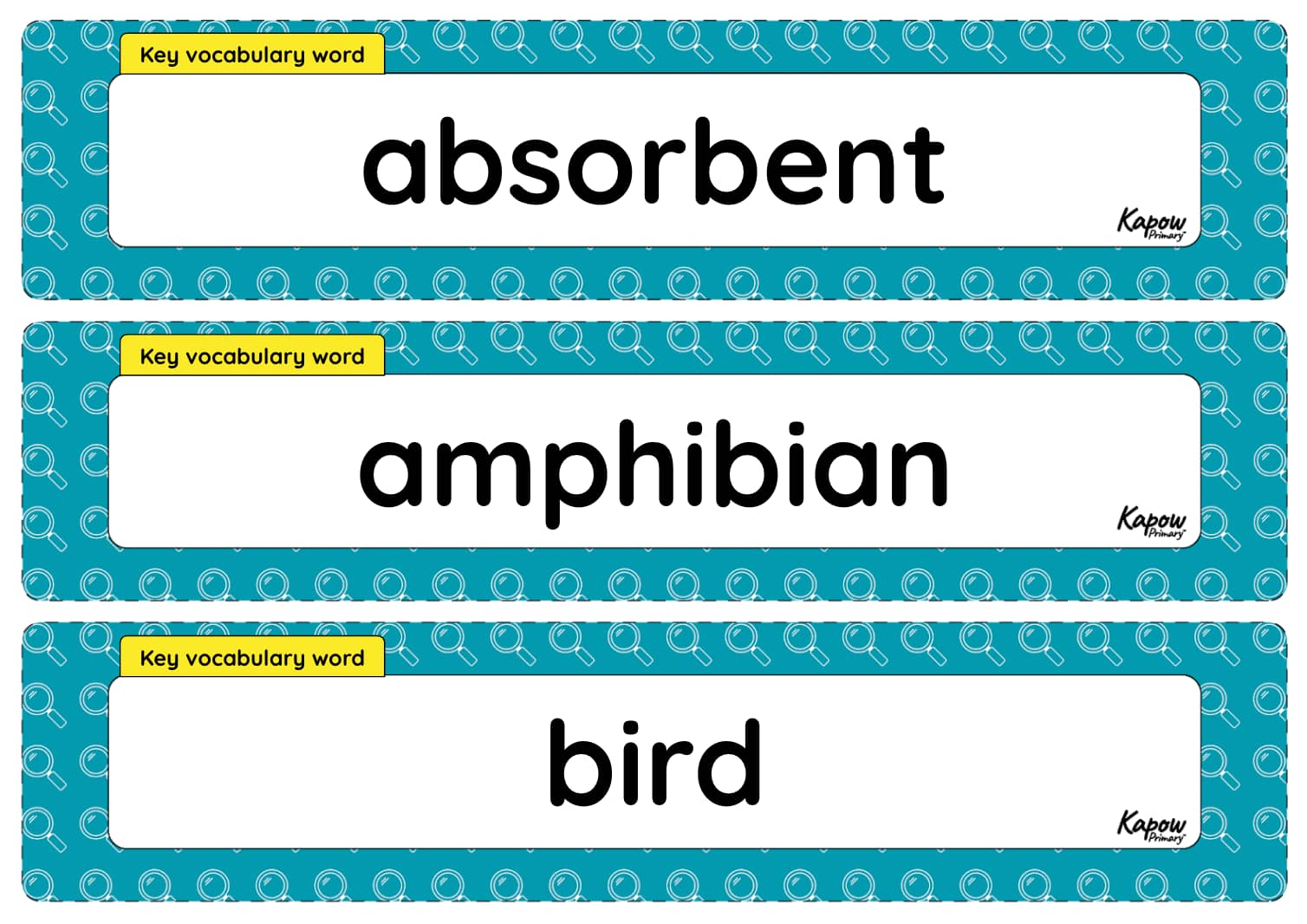
This unit vocabulary display includes keywords from the mixed-age unit Science, Y1/2 (B), Making connections: Fairytale science and additional unit-specific words that may be helpful in a display.
Key vocabulary is clearly labelled on the display, highlighting essential words that the pupils are expected to retain and reuse in future units. Understanding these words enhances comprehension of the subject and supports understanding of key scientific concepts and processes.
See the full Science: Progression of key vocabulary.


